Mastering Software Testing Effectively Within the Software Development Life Cycle
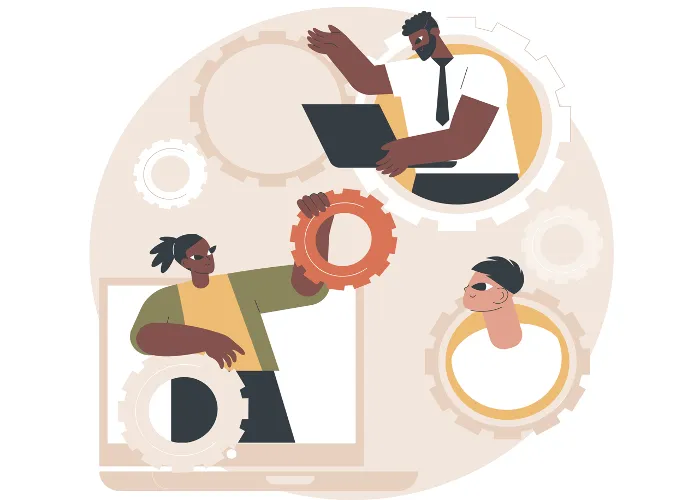
Introduction
Software development is much more than just writing code. It is a structured journey that involves planning, building, testing, deploying, and maintaining an application to ensure it meets the needs of users and stakeholders. This journey is guided by a framework known as the Software Development Life Cycle (SDLC).
The SDLC provides a step-by-step methodology for developing high-quality software efficiently and predictably. By following its phases, teams can reduce risks, maintain clarity, and ensure that the final product aligns with business goals.
In this blog post, we will:
-
Break down the key phases of the SDLC.
-
Explore the process that drives these phases.
-
Compare different SDLC models and understand when to use them.
-
Highlight how testing fits into every stage to ensure effective software delivery.
Phases of the SDLC
The SDLC is generally divided into several well-defined phases. Each phase builds upon the previous one, ensuring a logical flow of development activities.
1. Requirement Gathering and Analysis
This phase is the foundation of the entire development cycle. Business analysts and stakeholders work together to clearly define the scope, objectives, and functionalities of the software.
Key activities include:
-
Conducting stakeholder interviews and workshops.
-
Gathering both functional requirements (what the software should do) and non-functional requirements (performance, security, usability, etc.).
-
Documenting the requirements in formats like Business Requirement Documents (BRD) or User Stories.
Example:
For an online shopping app, requirements might include features like product search, shopping cart, payment integration, and order tracking.
2. System Design
Once the requirements are clear, architects and developers create a blueprint of how the system will work. This is where creativity meets structure.
Key aspects of this phase:
-
High-Level Design (HLD): Defines the system architecture, data flow, and major components.
-
Low-Level Design (LLD): Focuses on detailed specifications for modules, database schema, APIs, and user interfaces.
-
Tools like UML diagrams, ER diagrams, and wireframes are often used here.
Example:
Designing a database for the shopping app that stores user profiles, product details, and order history.
3. Implementation (Coding)
With the design in place, developers begin writing the code. This is often the most resource-intensive phase.
Highlights include:
-
Following coding standards and best practices.
-
Using version control systems like Git to manage code.
-
Performing unit testing to validate individual components.
Example:
Developers code the shopping cart functionality, ensuring it can add, remove, and update products smoothly.
4. Testing
Testing ensures that the application not only works but also works as intended. It is not a single step but an ongoing activity that verifies functionality, usability, performance, and security.
Types of testing include:
Unit Testing:
checking individual pieces of code.
Integration Testing:
ensuring different modules work together.
System Testing:
validating the end-to-end flow.
User Acceptance Testing (UAT):
verifying that the software meets real-world expectations.
Testing is crucial because even a small bug can lead to failures in production, poor user experience, and costly fixes.
5. Deployment
Once testing confirms the software’s stability, it is deployed into the live environment. Depending on the project, deployment may be:
Phased:
rolled out to a small group first.
Full Deployment:
released to all users simultaneously.
Continuous Deployment (CD):
frequent automatic releases using DevOps pipelines.
Deployment also involves configuration, monitoring tools, and rollback strategies in case of issues.
6. Maintenance and Support
Software development doesn’t end at deployment. Continuous maintenance ensures the product remains relevant and functional.
Key tasks include:
-
Fixing bugs discovered after release.
-
Applying security patches.
-
Adding new features based on user feedback.
-
Monitoring performance for scalability.
-
The SDLC Process in Action
The SDLC emphasizes a structured process to bring consistency and efficiency:
Planning:
Define project scope, cost, and timelines.
Execution:
Carry out coding, testing, and deployment activities.
Monitoring and Controlling:
Track progress, manage risks, and make course corrections.
Closing:
Finalize documentation, gather feedback, and prepare for long-term maintenance.
This process ensures that no phase is skipped and that teams can measure progress against clear goals.
SDLC Models
Different projects have different needs. That’s why multiple SDLC models exist. Each provides a unique way to execute the same core phases.
1. Waterfall Model
Description:
Linear, step-by-step approach. Each phase must be completed before moving on.
Best for:
Projects with stable, clearly defined requirements.
Drawback:
Inflexible if changes are needed later.
2. Agile Model
Description:
Iterative and incremental, focusing on delivering small, usable chunks of software quickly.
Best for:
Projects with evolving requirements and a need for continuous feedback.
Drawback:
Requires close collaboration and active involvement from stakeholders.
3. Iterative Model
Description:
Develops the system through repeated cycles, with each version adding new features.
Best for:
Complex projects where requirements are not fully known at the start.
Drawback:
Can require more time and resources if too many iterations are needed.
4. Spiral Model
Description:
Combines elements of both waterfall and iterative models while emphasizing risk management at every stage.
Best for:
Large-scale, high-risk projects such as financial or healthcare systems.
Drawback:
Can be costly and requires strong expertise in risk analysis.
Choosing the Right SDLC Model
Selecting the right model depends on factors like project size, complexity, budget, and flexibility needs:
Waterfall:
When requirements are fixed and unlikely to change.
Agile:
When adaptability and quick delivery are essential.
Iterative:
When early prototypes are valuable and requirements may evolve.
Spiral:
When risks are high and continuous evaluation is required.
Conclusion
Mastering the Software Development Life Cycle is key to delivering high-quality software consistently. By understanding its phases, following its structured process, and choosing the right model, teams can:
-
Reduce risks.
-
Improve efficiency.
-
Deliver solutions that meet both business goals and user expectations.
Whether you are a developer, tester, project manager, or business analyst, a deep understanding of the SDLC helps ensure successful outcomes at every stage of software development.


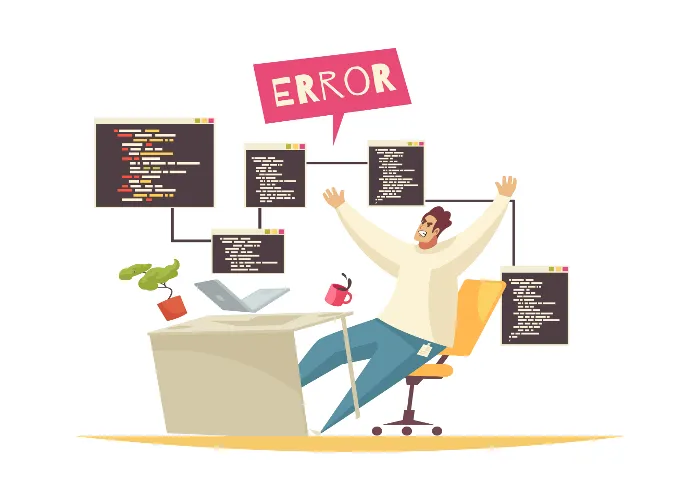
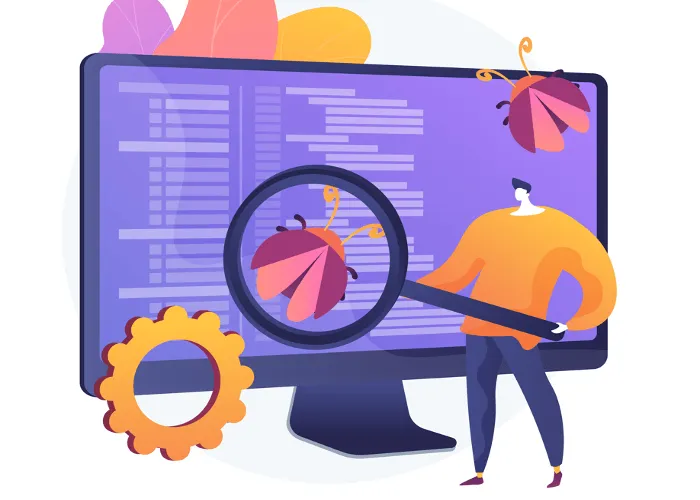
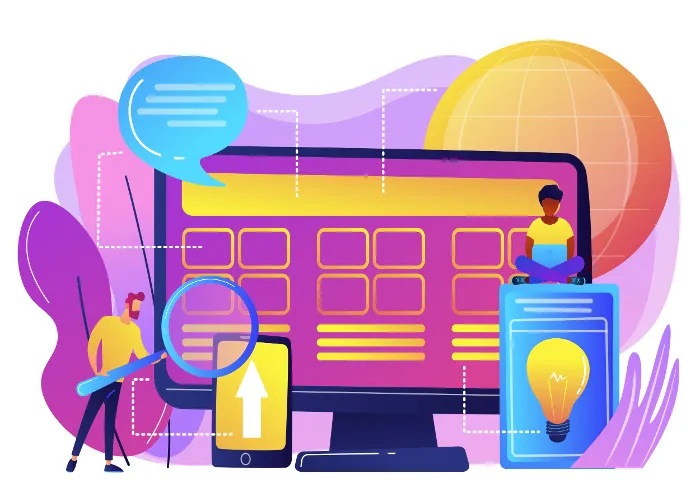
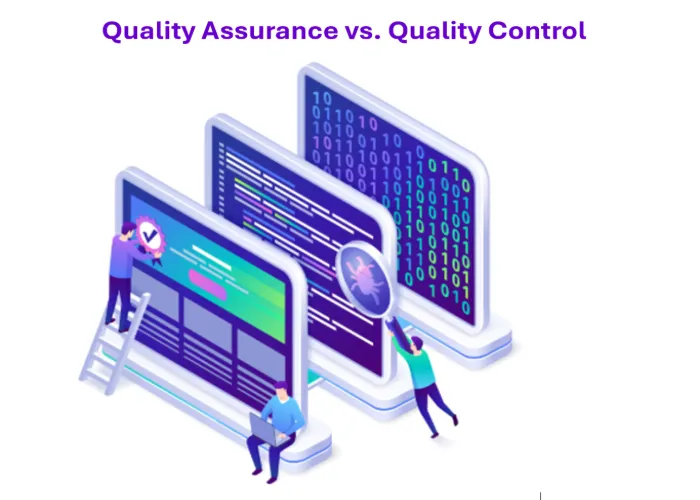
🗨️ Reader Comments